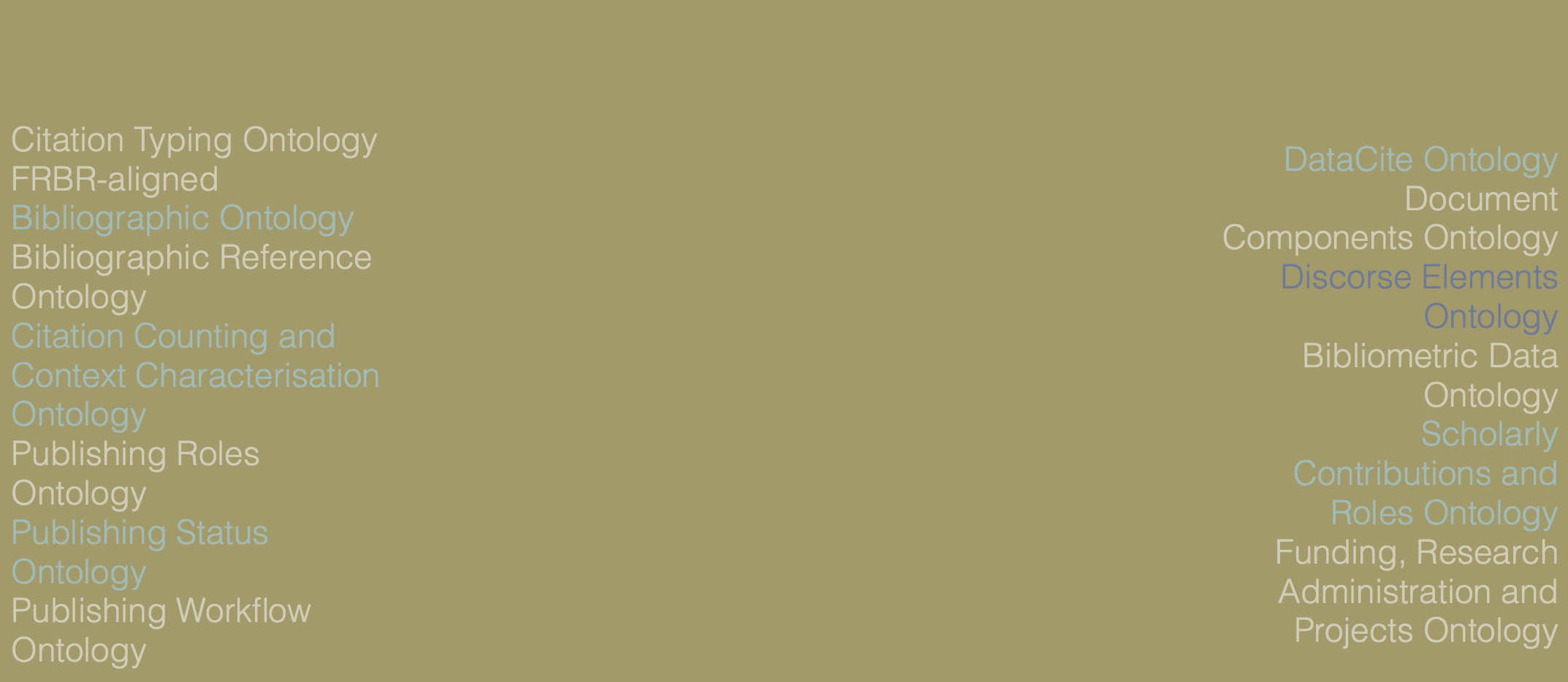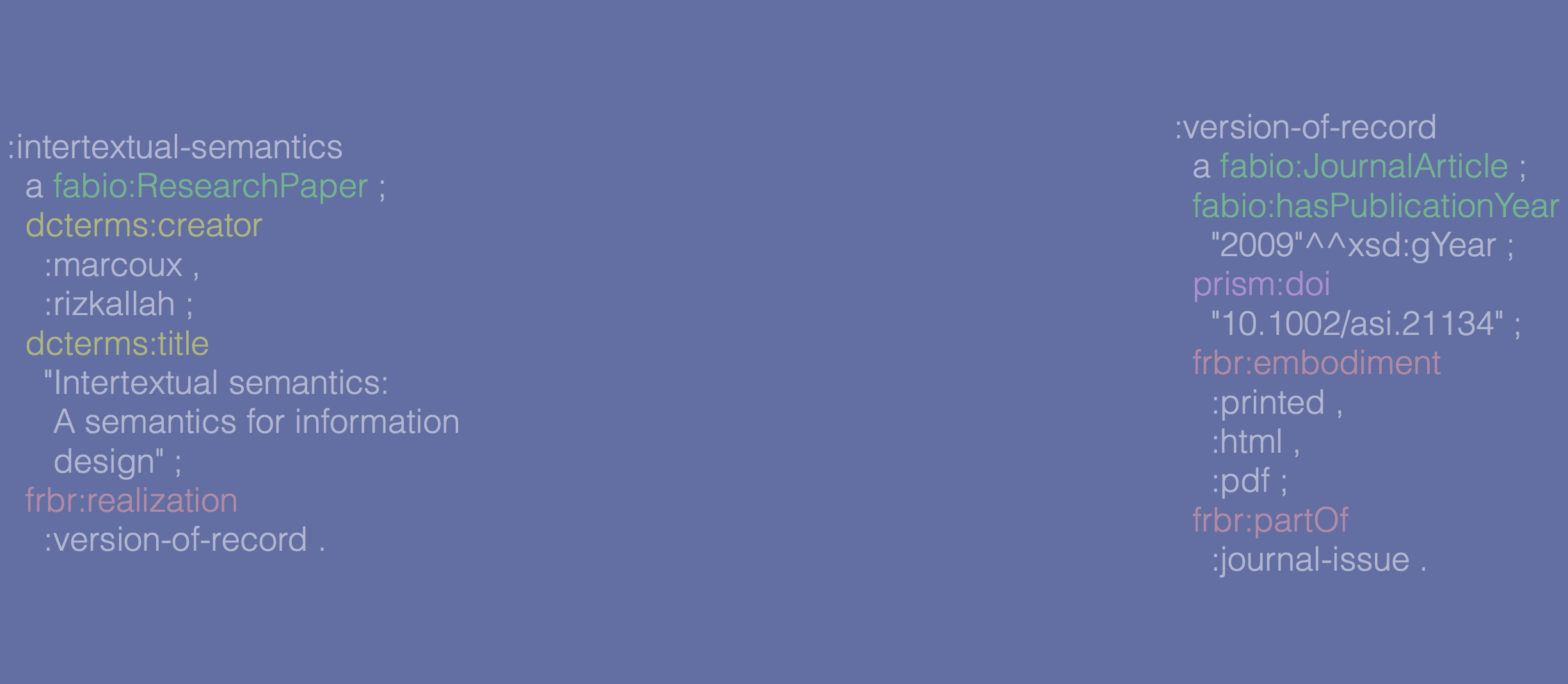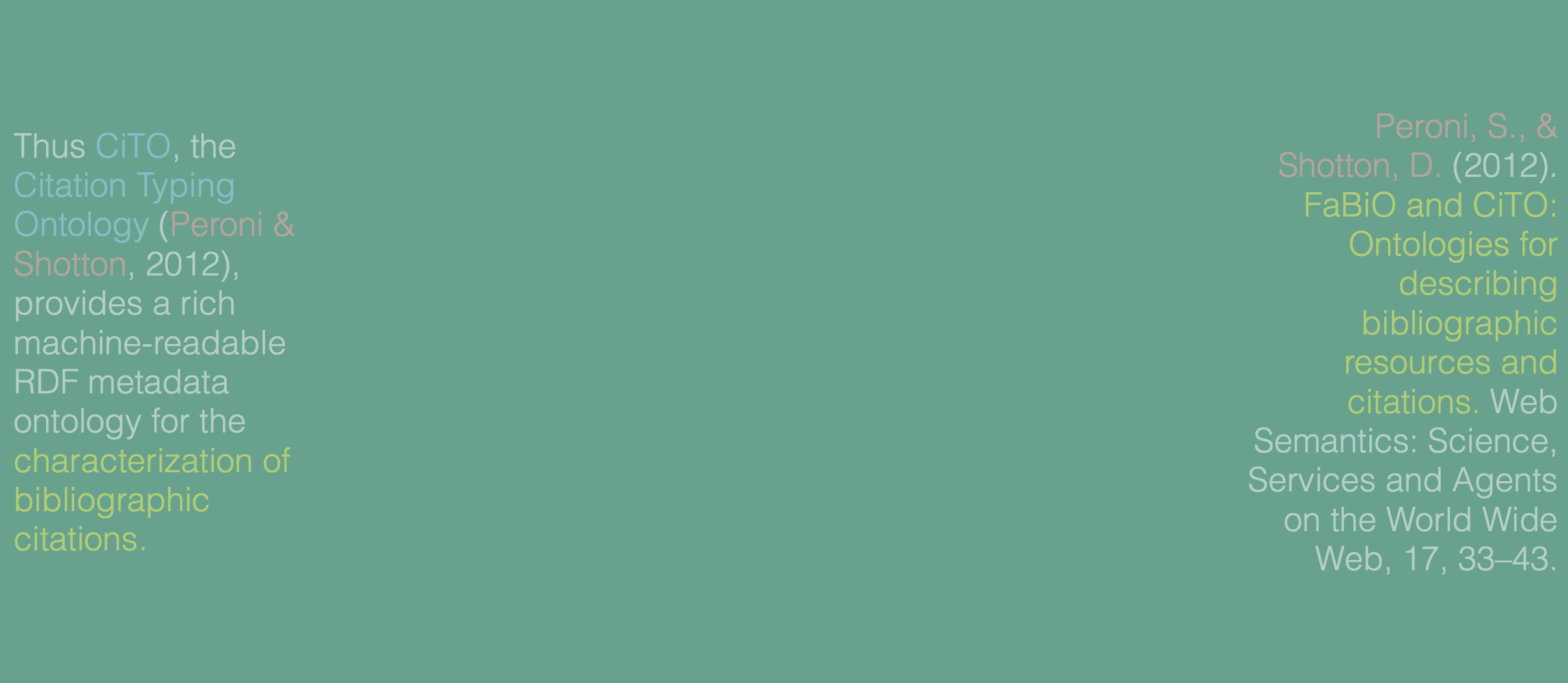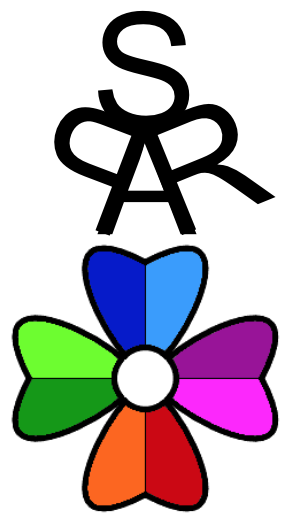
Interact with the community
There are several ways for getting the earlist updates about SPAR Ontologies, as well as for discussing topics related with the use of such ontologies with the other members of the SPAR community. Write us an email, follow our social accounts and forums, and read the guidelines for proposing new ontologies to be included in the SPAR Ontologies.
Join the community »

Behind the scenes
The SPAR Ontologies are the outcome of a joint work mainly done by Silvio Peroni (University of Bologna) and David Shotton (University of Oxford). However, other people from several universities worldwide have contributed in part to some aspects of the ontologies. Read the guidelines if you would like to propose a new ontology as part of the SPAR suite.
More about contributors »



 The Semantic Publishing and Referencing Ontologies, a.k.a. SPAR Ontologies, form a suite of orthogonal and complementary
The Semantic Publishing and Referencing Ontologies, a.k.a. SPAR Ontologies, form a suite of orthogonal and complementary 

